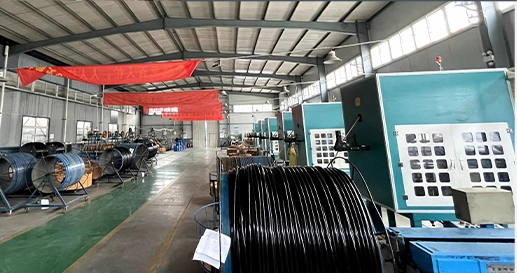Comprehensive R134a Manifold Gauge Set for Professional Refrigeration Applications
Understanding the Professional R134A Manifold Gauge Set
The refrigeration and air conditioning industry relies heavily on various tools for maintenance and troubleshooting. Among these tools, the professional R134A manifold gauge set is an essential device for technicians. This tool is designed to measure the pressure of refrigerants in a system, helping diagnose issues and ensuring optimal performance. Understanding how to use a manifold gauge set effectively is crucial for anyone involved in HVAC maintenance.
What is a R134A Manifold Gauge Set?
A R134A manifold gauge set consists of two main gauges, one for high pressure and one for low pressure, along with hoses and various fittings. The high-pressure gauge typically has a red dial, while the low-pressure gauge is marked with a blue dial. These gauges are connected to the refrigerant system through hoses, allowing technicians to read the pressure at which the refrigerant is operating.
R134A refers to the type of refrigerant used primarily in automotive air conditioning systems, although it is also utilized in some residential and commercial systems. As environmental regulations change, understanding R134A and its properties becomes increasingly important for technicians.
How to Use the Manifold Gauge Set
Using the manifold gauge set is relatively straightforward, but it requires a clear understanding of the steps involved. Technicians first connect the blue low-pressure hose to the service port on the evaporator (low-pressure side) and the red high-pressure hose to the service port on the condenser (high-pressure side). It is important to ensure that the hoses are securely attached to avoid leaks.
Once the hoses are connected, the technician can read the pressures displayed on the gauges. During operation, the low-pressure gauge will show the suction pressure, while the high-pressure gauge will display the discharge pressure. These readings can help identify problems such as refrigerant leaks, blockages, or insufficient refrigerant levels.
professional r134a manifold gauge set

Diagnosing Issues with the Gauge Set
Proper interpretation of the gauge readings is vital for diagnosing issues within the system. Technicians can compare the pressures against the manufacturer's specifications to determine whether the system is operating efficiently. For instance, if the low-pressure gauge shows low readings, it could indicate low refrigerant levels, a refrigerant leak, or an issue with the evaporator. Conversely, high readings on the high-pressure gauge may signal a blockage in the system or insufficient airflow through the condenser.
In addition to pressure readings, technicians must consider temperature. Using a thermocouple or temperature probes in conjunction with the manifold gauge set can provide a comprehensive view of the system's performance. By assessing both pressure and temperature, technicians can diagnose issues more accurately and ensure that repair actions lead to optimal system performance.
Safety Precautions
Working with refrigerants like R134A requires adherence to safety protocols. Technicians should always wear appropriate personal protective equipment (PPE) such as gloves and goggles. Additionally, it is essential to handle refrigerants carefully as they can contribute to environmental harm if released improperly. Technicians should also be knowledgeable about local regulations regarding refrigerant handling and recovery.
Conclusion
In conclusion, a professional R134A manifold gauge set is an invaluable tool for HVAC technicians. By mastering its use, understanding pressure readings, and diagnosing system issues, technicians can effectively manage refrigeration systems. As the industry evolves and standards change, ongoing education about tools like the manifold gauge set will ensure that technicians remain proficient and compliant in their practices. With the right tools and knowledge, professionals can continue to provide reliable and efficient HVAC services.
-
Ultimate Spiral Protection for Hoses & CablesNewsJun.26,2025
-
The Ultimate Quick-Connect Solutions for Every NeedNewsJun.26,2025
-
SAE J1401 Brake Hose: Reliable Choice for Safe BrakingNewsJun.26,2025
-
Reliable J2064 A/C Hoses for Real-World Cooling NeedsNewsJun.26,2025
-
Heavy-Duty Sewer Jetting Hoses Built to LastNewsJun.26,2025
-
Fix Power Steering Tube Leaks Fast – Durable & Affordable SolutionNewsJun.26,2025

